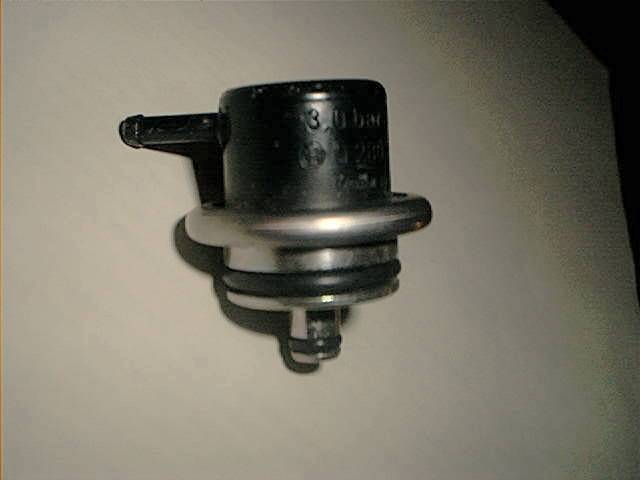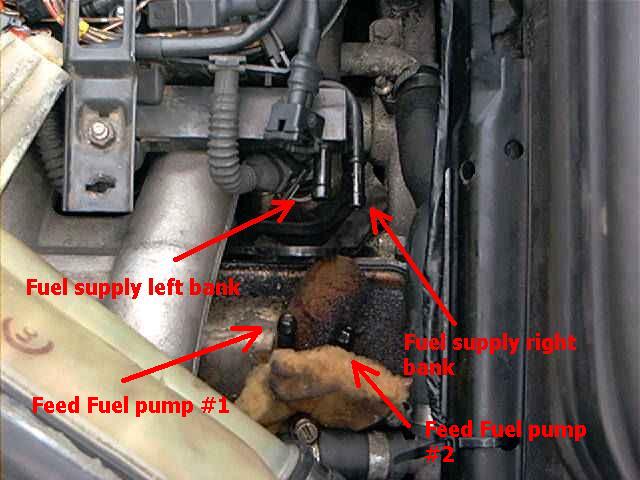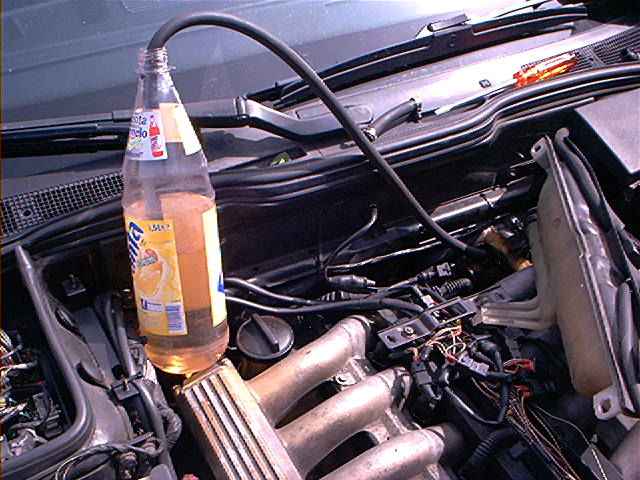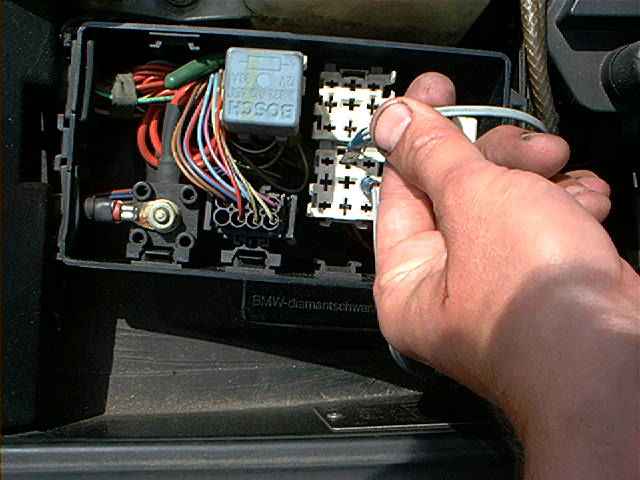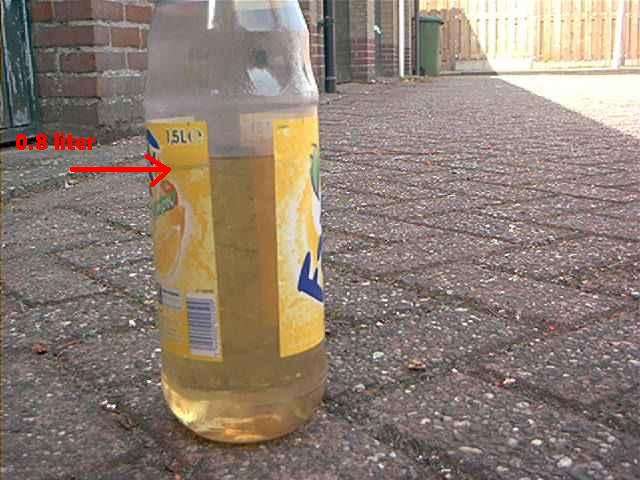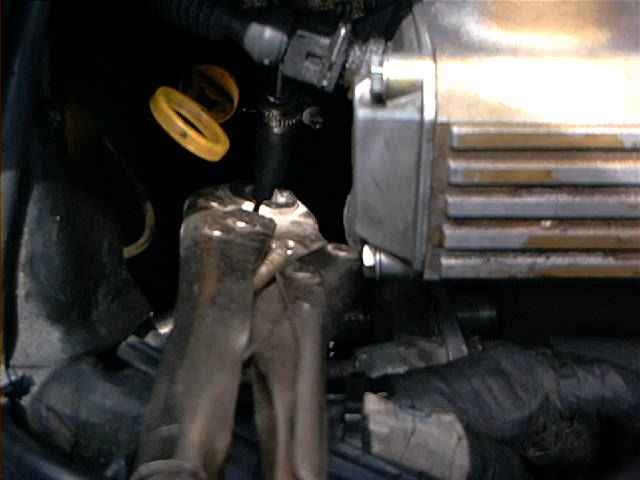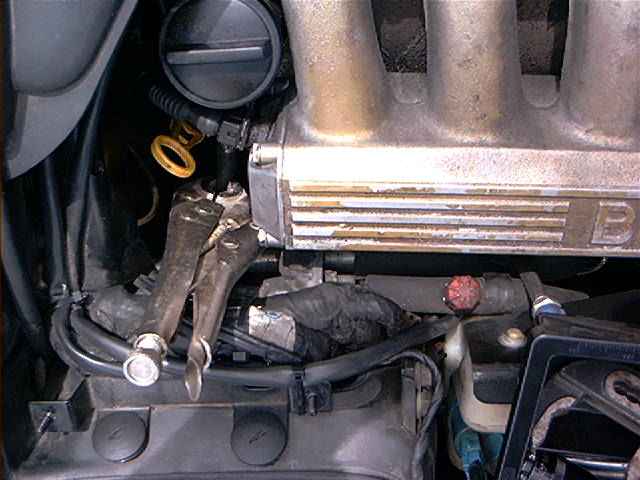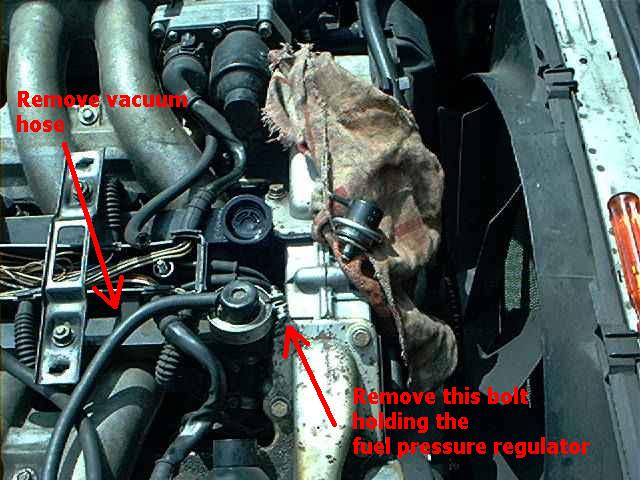Article by: Sean750
Article applies to: all e31, e32, and e38 models with the M7x V12 engine.
Problem: The last couple of months, I’ve been trying to investigate the cause of a lack of fuel pressure.
The problems are numerous: erratic idle, surging, hunting (this is typical: engine revvs and stalls almost, at idle), stalls trying to accelerate.
What gives me the most headache is that both banks (talking about the v12/m70 right now) are suffering from this problem.
At a certain moment, I decided to replace the fuel pressure regulators.
Background: Fuel system pressure is supplied by the fuel pumps. The fuel pumps are delivering much more fuel than the engine needs, even under full load.
The fuel pressure regulator allows a lower pressure when the engine is idling and under light load.
When you floor it the manifold vacuum drops and the fuel pressure regulator raises the fuel pressure, the low manifold vacuum tells it that it under load and that the engine needs more fuel. At least, that’s what I thought.
A visitor from this site (Mike) pointed out that I was actually wrong about this:
“I don’t think your explanation of the fuel pressure regulators is quite right. The L-jetronic and Motronic systems are actually constant pressure systems. The amount of fuel delivered is varied by adjusting the opening time of the injectors. But what are the fuel pressure regulators for ? Well to be precise, the fuel pressure is constant relative to the pressure inside the intake manifold. If the manifold pressure drops (as it does at idle?) then the fuel pressure is also dropped to keep its pressure in relation to the manifold pressure constant. That’s what the pressure regulators do! Under acceleration the intake pressure increases so the fuel pressure is increased as well, but this is not the means by which more fuel is delivered. That is done by increasing the time the injectors remain open.”
I didn’t quite understand his explanation (I even didn’t believe him at first sight, sorry mate), but Mike was 100% sure about this. I realized my knowledge about modern fuel-injection systems wasn’t up-to-date.
So I bought a book called ‘Bosch Fuel Injection & Engine management’. Folks, no affiliation, but this is a great book. And Mike was right.
This is how it works in very simple terms: when the engine is idling, the manifold vacuum (some modern people refer to it as ‘manifold absolute pressure’) is at the highest level.
The high vacuum helps to ‘suck’ the fuel out of the injector, a bit like a vacuum cleaner. So the system fuel pressure doesn’t have to be really high, the vacuum sucks the fuel through the injectors into the engine.
Therefore, at idle the pressure regulators are returning more fuel from the system pressure feed line back to the tank. At full load, the manifold vacuum is almost gone.
The injectors aren’t assisted with a lot of vacuum to inject fuel, so the system pressure needs to rise. The fuel pressure regulators are returning less fuel back to the tank, so the system pressure rises.
This is how the system actually works. The rich mixture the engine needs when accelerating is done by increasing the time the injectors remain open.
The system pressure should be 3.0 bar (43.5 psi).
Let’s start unbolting and removing parts:
Replacing the pressure regulators is a pretty straightforward procedure which could be explained with just 2 photo’s. To make this story somewhat comprehensive, I’ve added the story troubleshooting my fuel system.
Folks, we are talking about working on the fuel system (probably fuel spraying/fuel fumes when diagnosing ) and working with voltage cables (jumpering the fuel pump relay) which could cause sparks. Use your brain and work at a well ventilated area.
At first, I wanted to know if the fuel pumps where delivering enough fuel. That’s an important thing to a V12. So I removed the engine cover, and the fuel hoses to the fuel rails near the firewall:
I connected a simple hose to one feed hose of a fuel pump and something to catch the fuel:
To run the test, jumper the fuel pump relays. They are in the relay box near the right strut tower. Test one bank and one fuel pump at a time.
Remove relay and jumper socket terminal 30 to socket terminal 87. The pump should run.
The battery voltage is at all times, so you don’t have to put ignition on:
Operate the pump for approximately 30 seconds. It should deliver about 0.8-0.9 liter, as you can see below:
Repeat this procedure for both banks. The amount may not differ (well, not much).
In my case, both pumps where delivering sufficient amounts of fuel to the engine, so this wasn’t the problem.
Reconnected the fuel hoses and the next step was to gradually clamp off the fuel return line with a running engine, to increase system pressure:
At this point, the engine suddenly began to run normal. The conclusion was that the system pressure was to low.
I suspected the fuel pressure regulators, so I replaced them.
They are very easy to replace, just remove the vacuum hose and the ring that holds the pressure regulator to the rail.
Removing the pressure regulators by slowly turning them and pulling upwards.
Don’t use a screwdriver between the pressure regulator and fuel rail, as you probably will damage the fuel rail.
At the picture above, the upper fuel pressure is removed from the fuel rail and the lower one still has to be removed.
When removing the pressure regulator, the system is still pressurized, so use a towel to prevent spraying fuel over the engine.
| BMW Part Number | Description | Price | QTY |
| 13531715685 | Fuel pressure regulator | $268.00 | 2 |
Total amount of time : 2 hours
Satisfactory level after the job done : Not very much.
Although it was an easy job to replace them, the problem of low fuel pressure wasn’t solved.
Right at this moment, I am still trying to track down the problem and most likely the cause are the fuel pumps, although the amount of delivered fuel was alright.
I’ll try to bypass the fuel filters too, to see if that’s the problem.
Remark from Sean after a few weeks: after a lot of desperate searching, replacing the MAF’s finally did solve the problem.
See section ‘MAF troubleshooting‘. It had nothing to do with low fuel pressure, I just forced it to inject more fuel with clamping off the fuel return hose . . .

